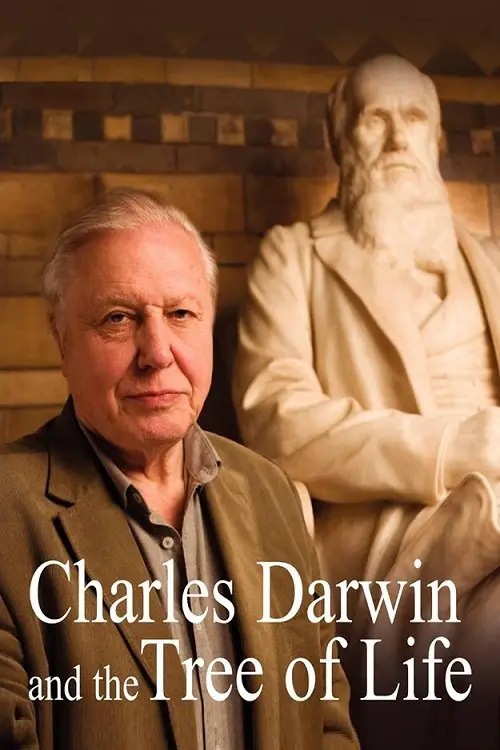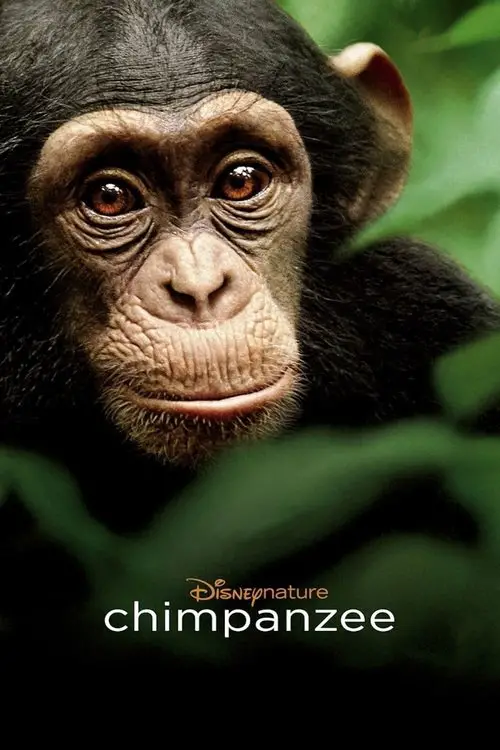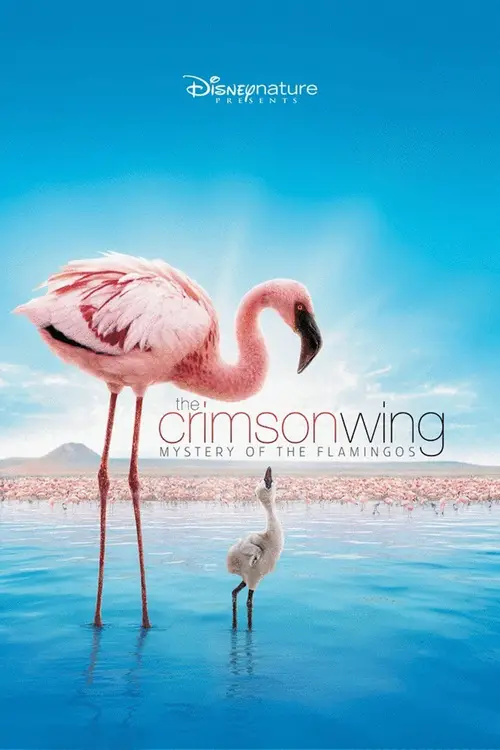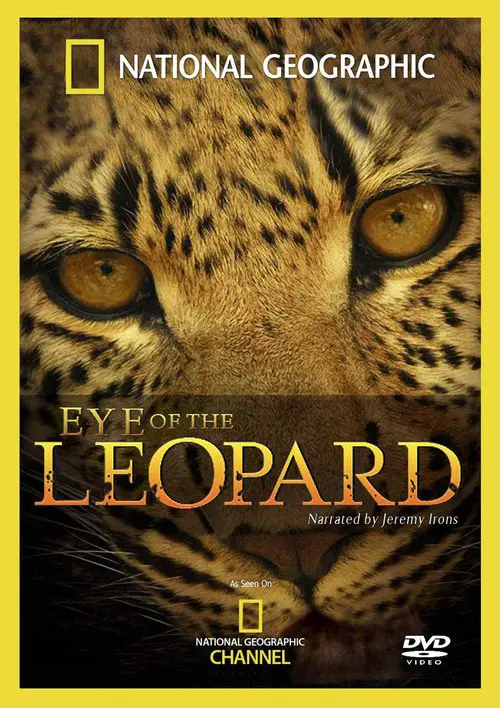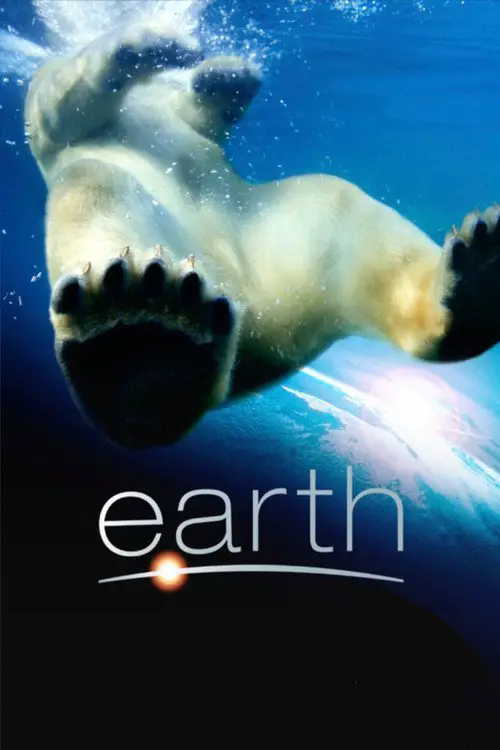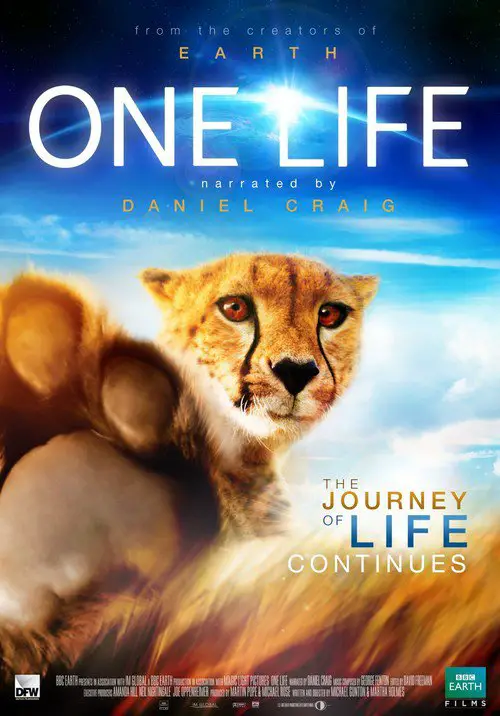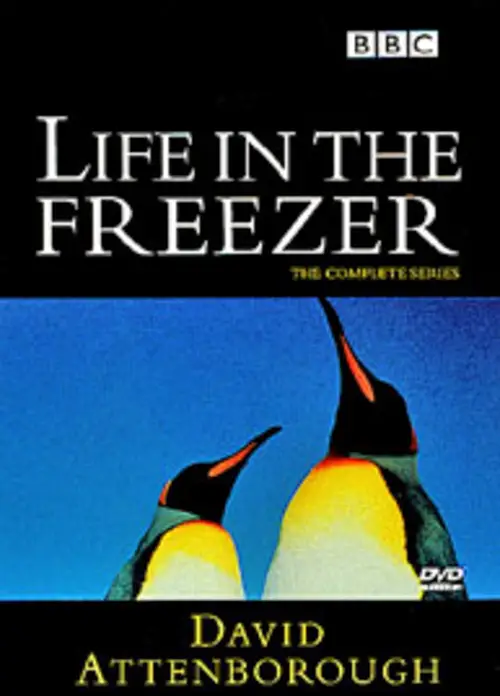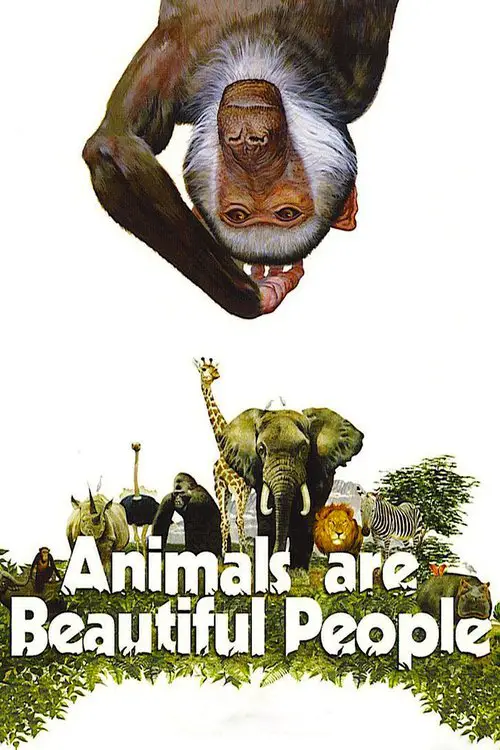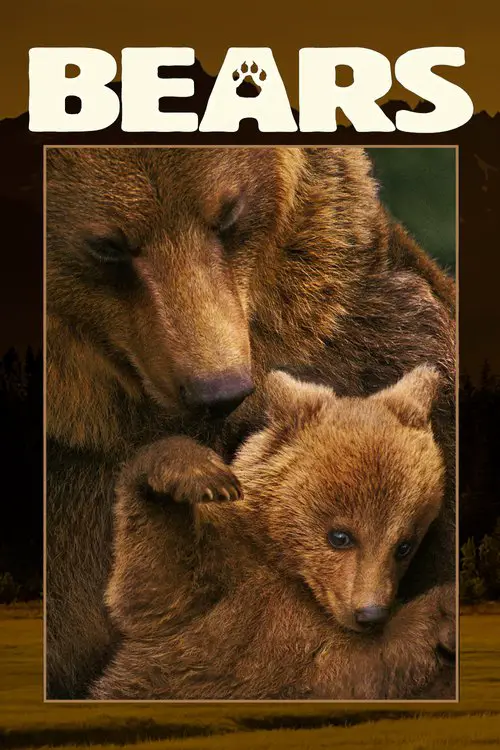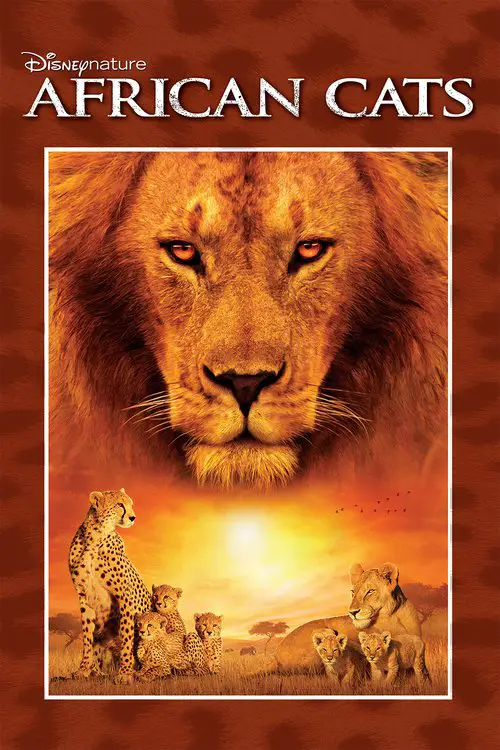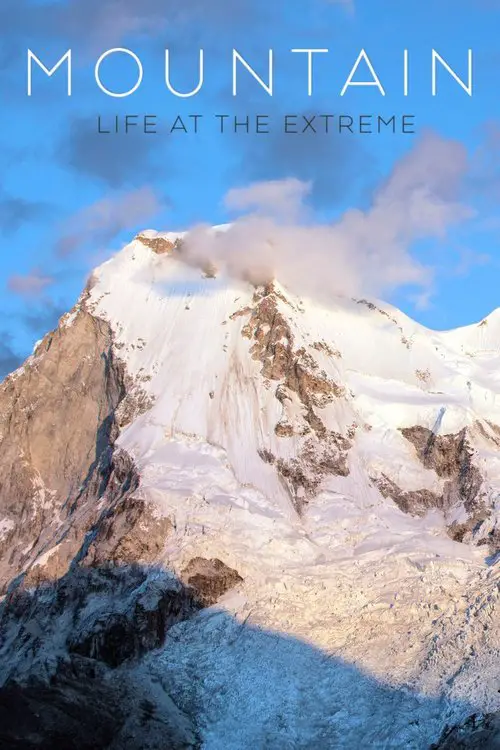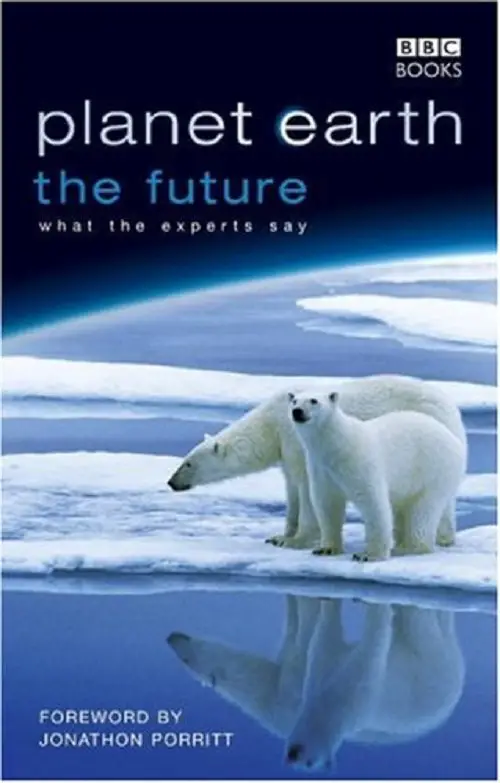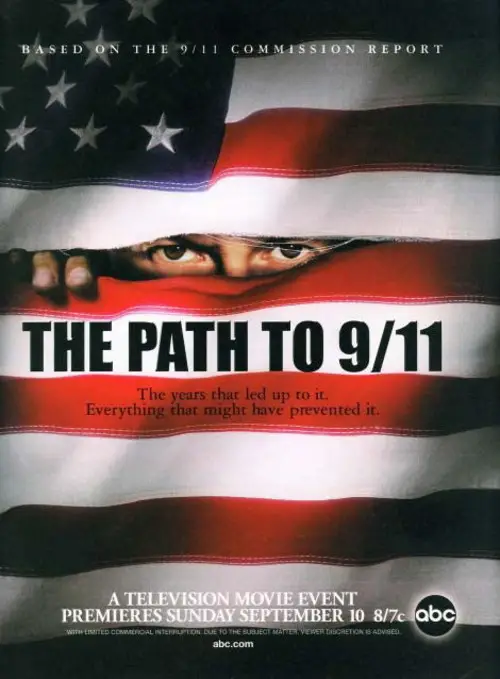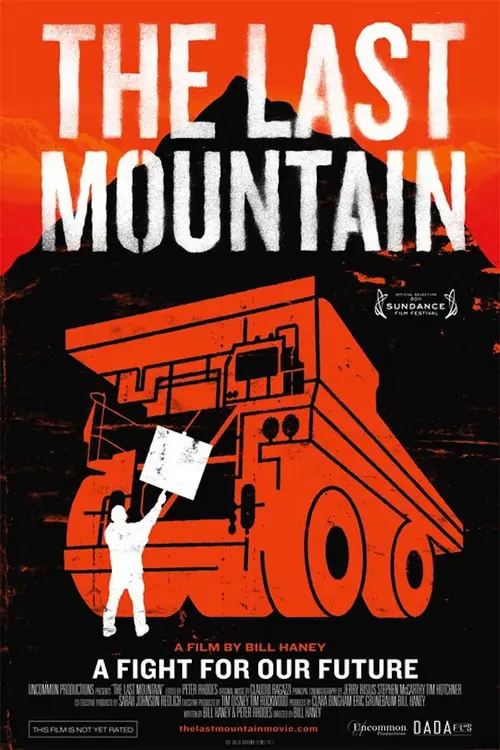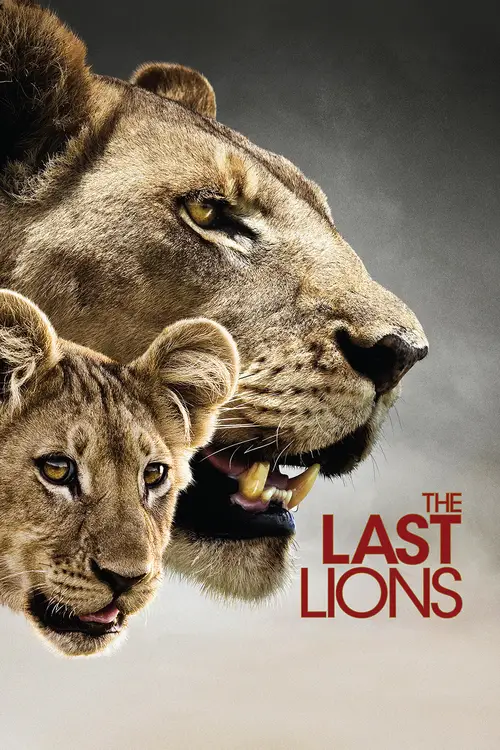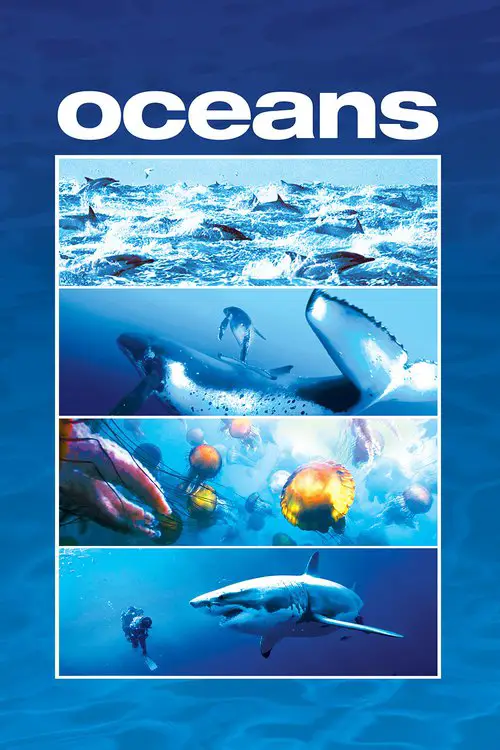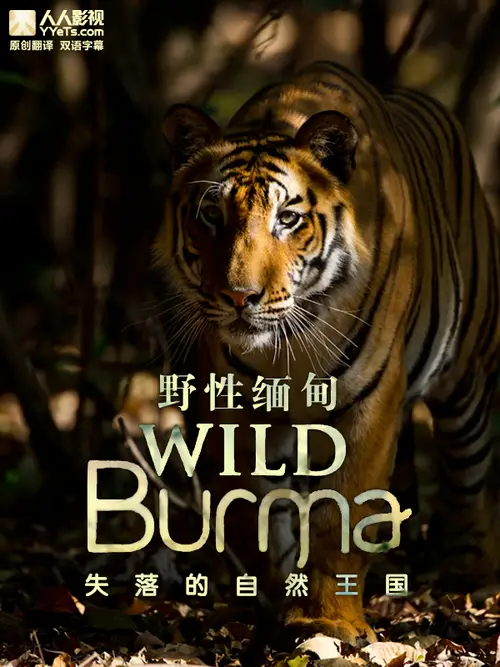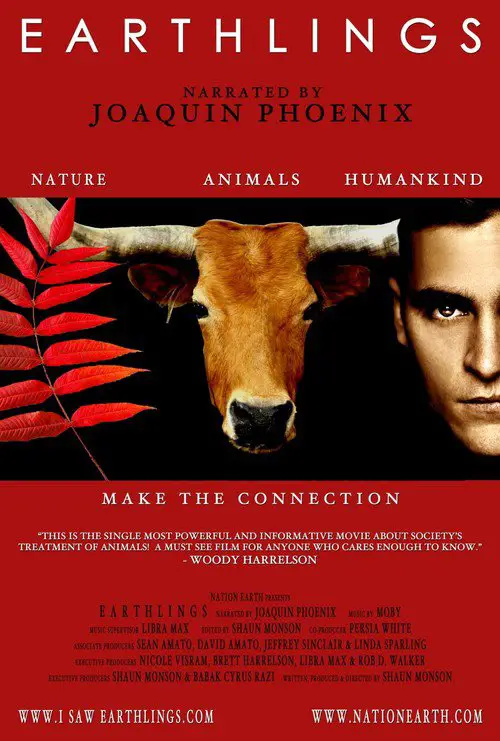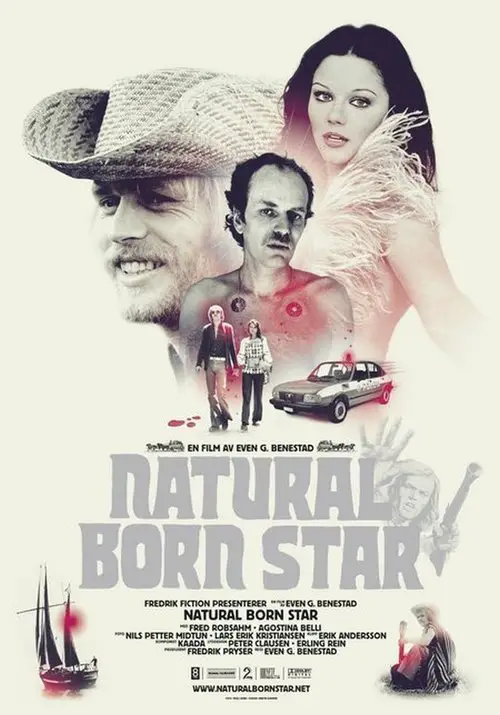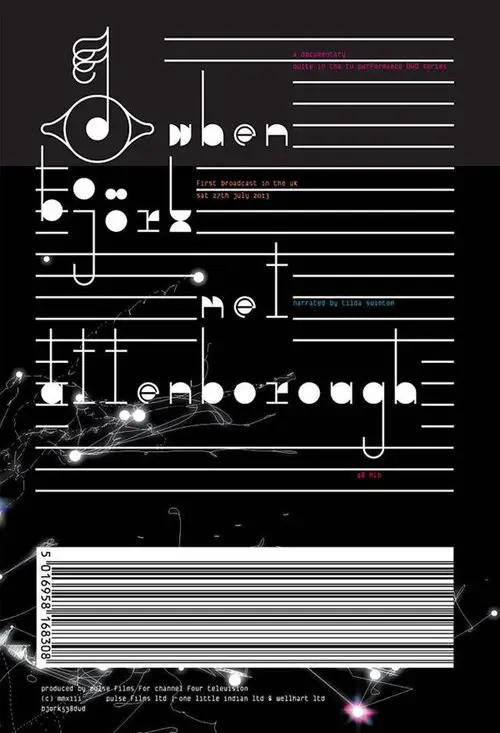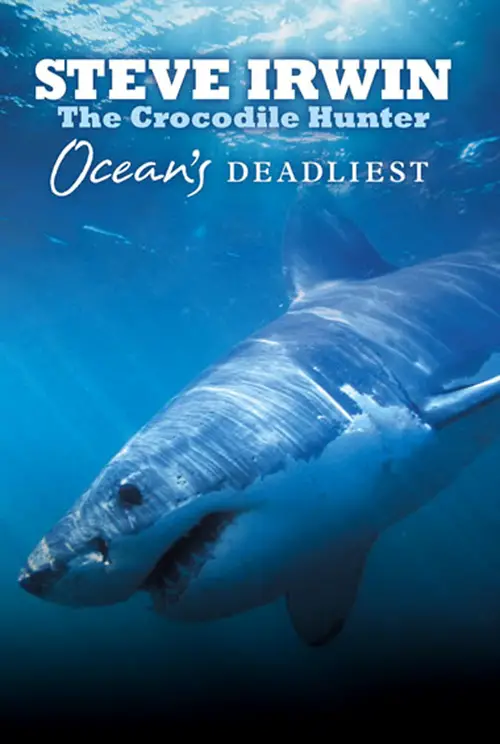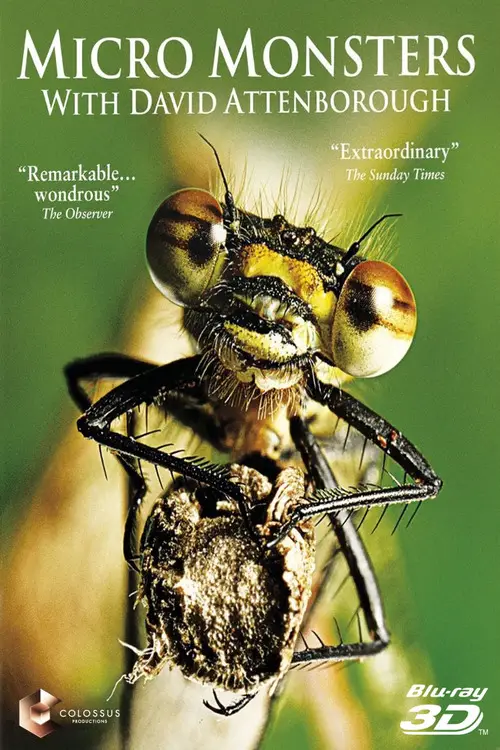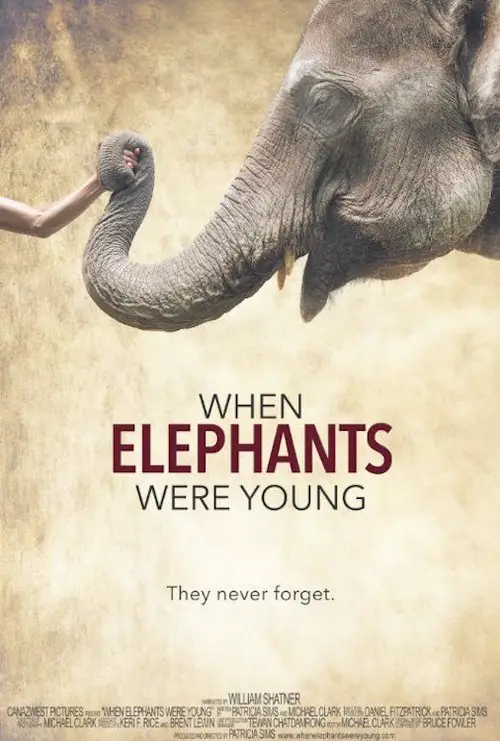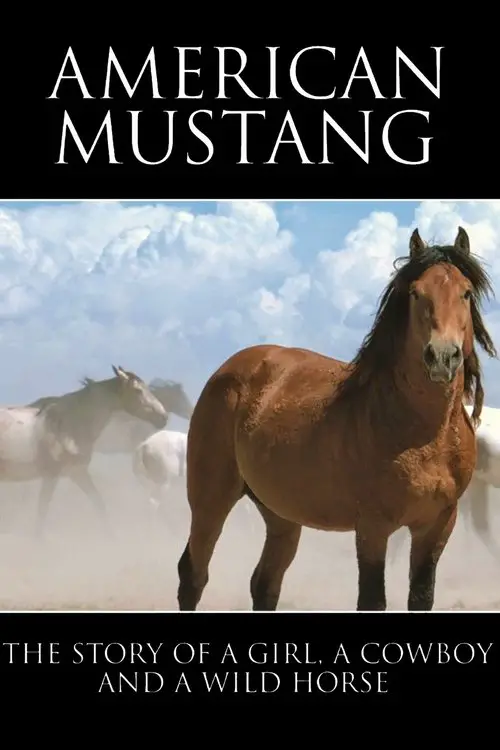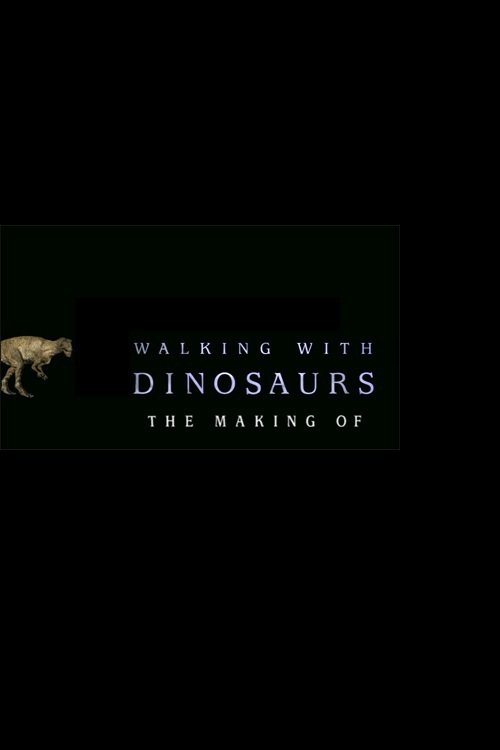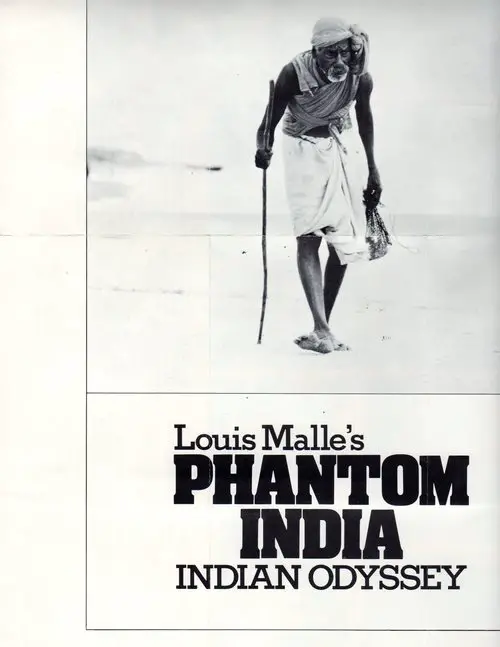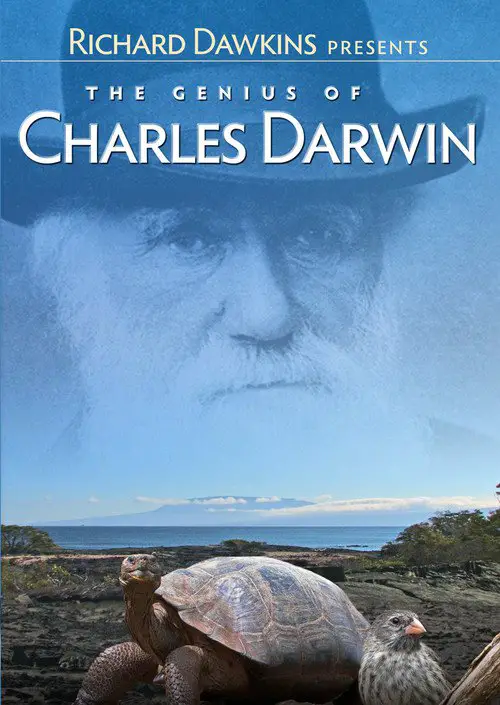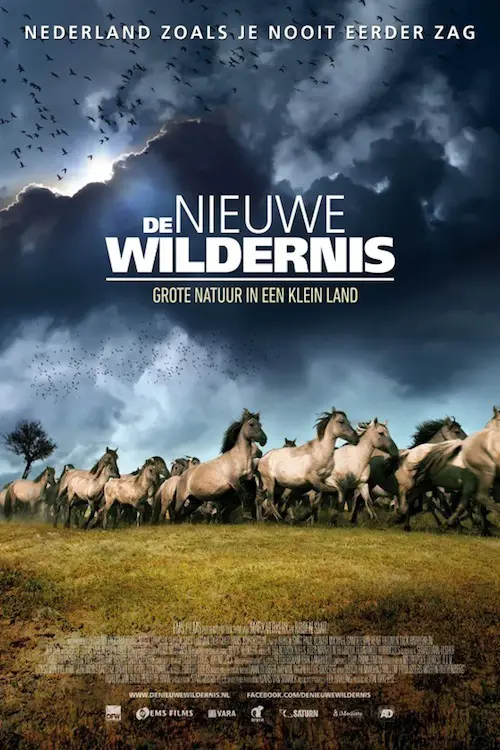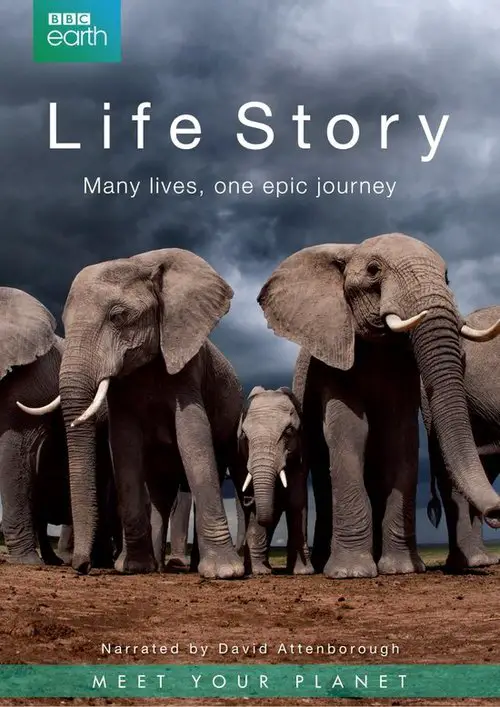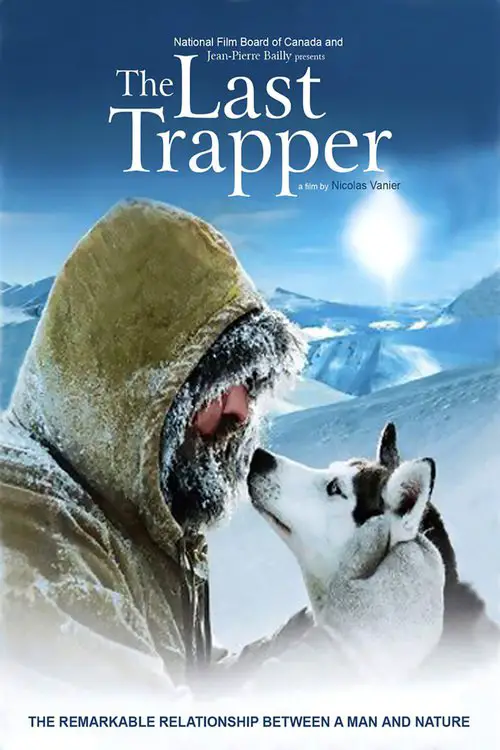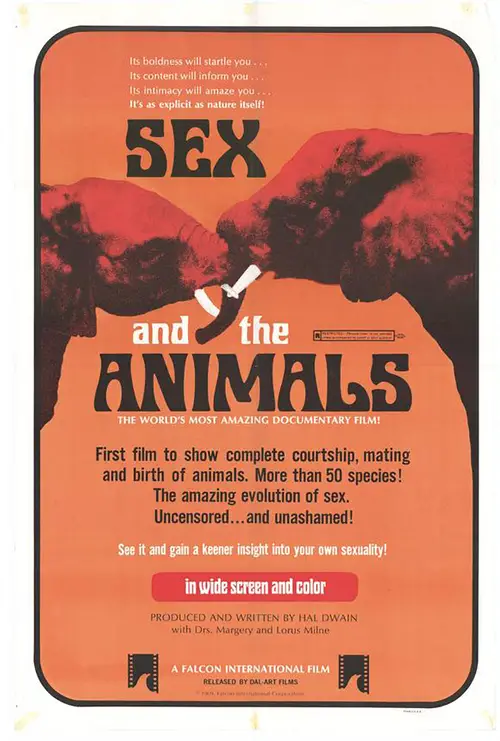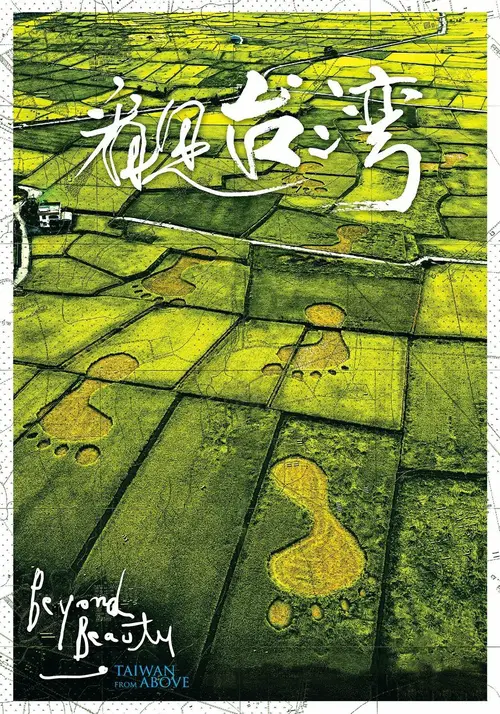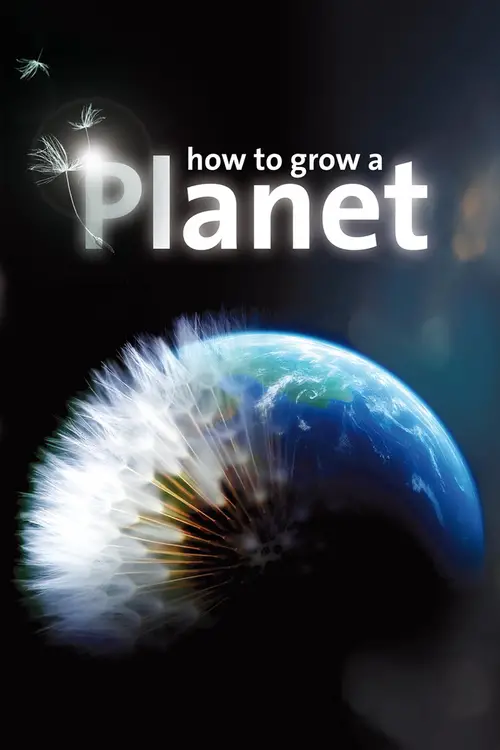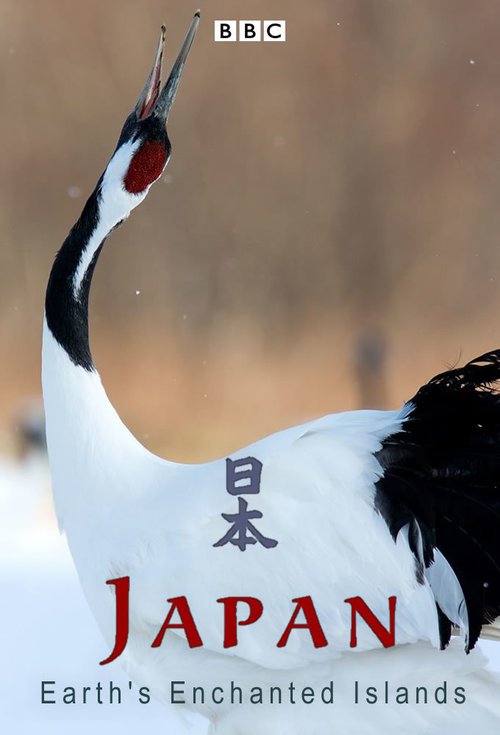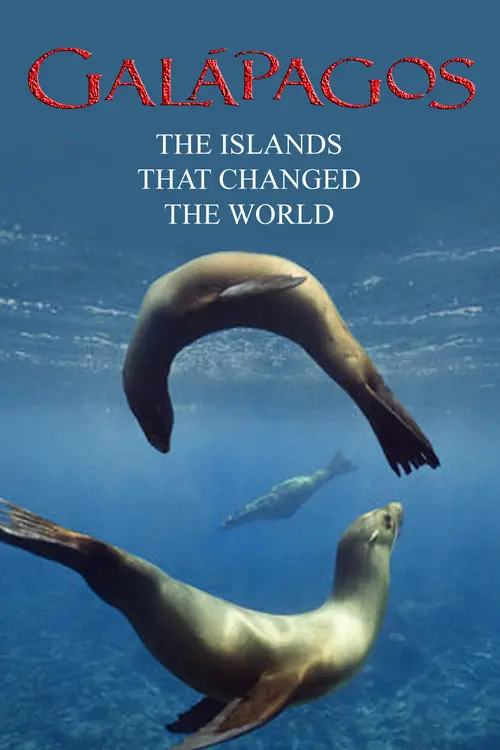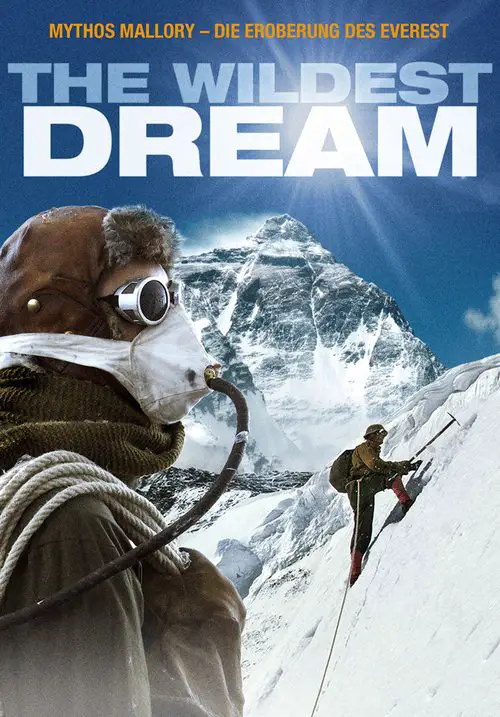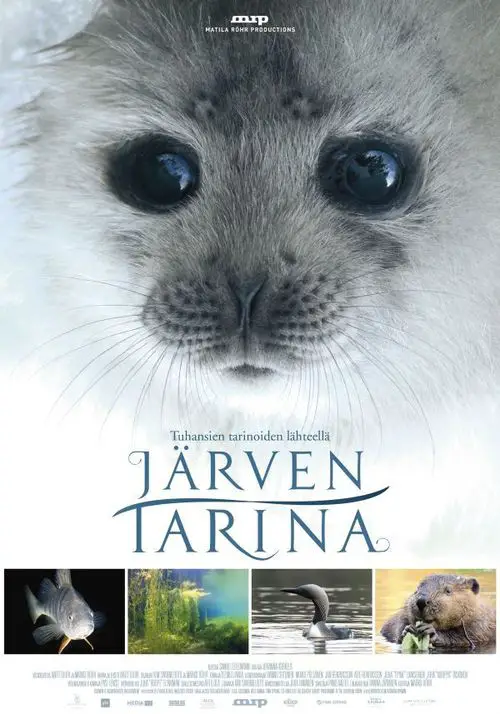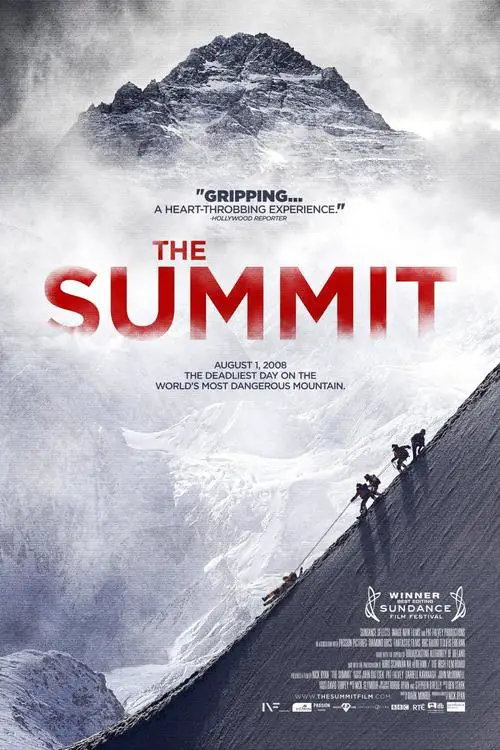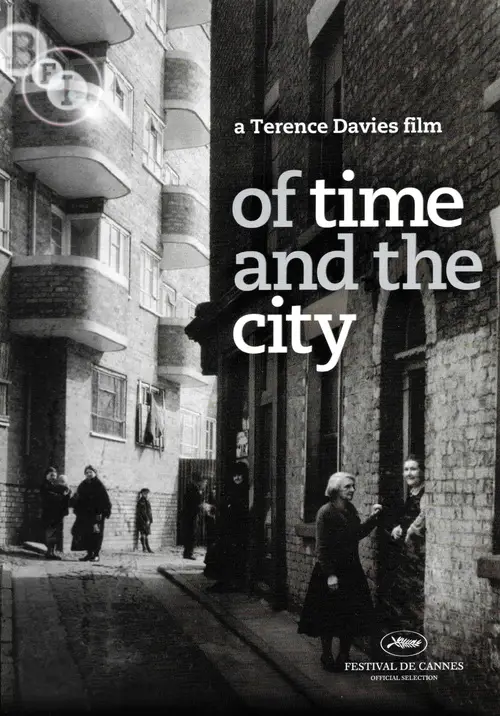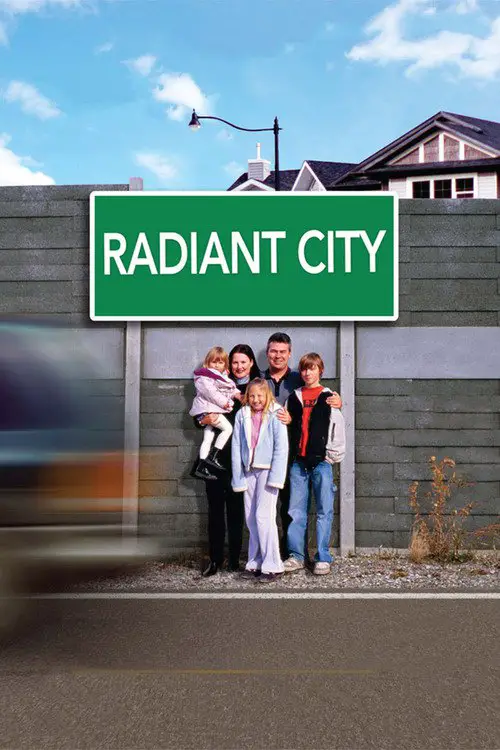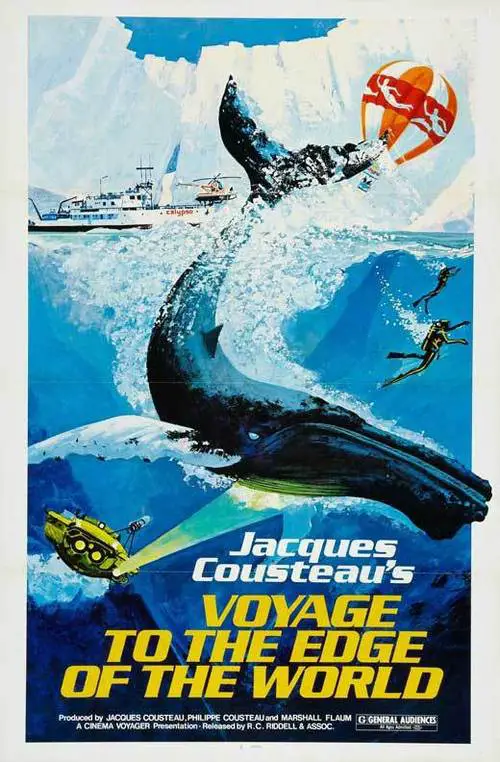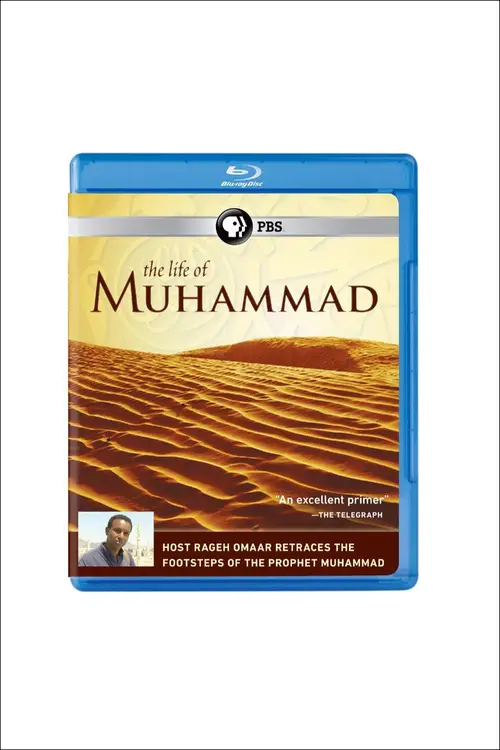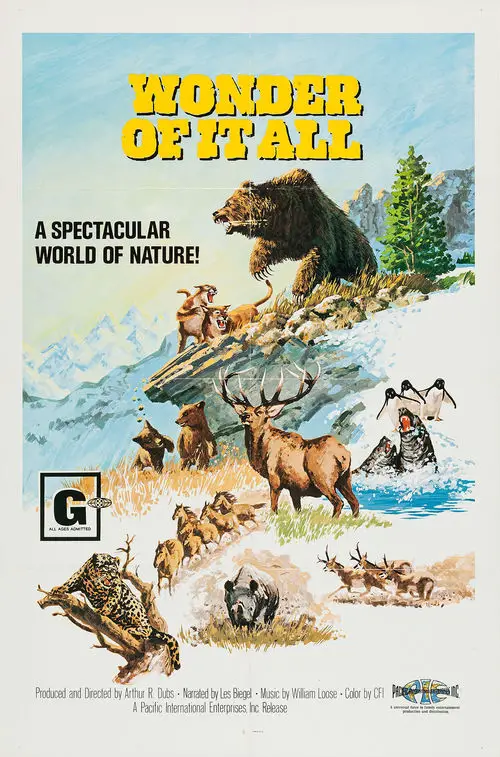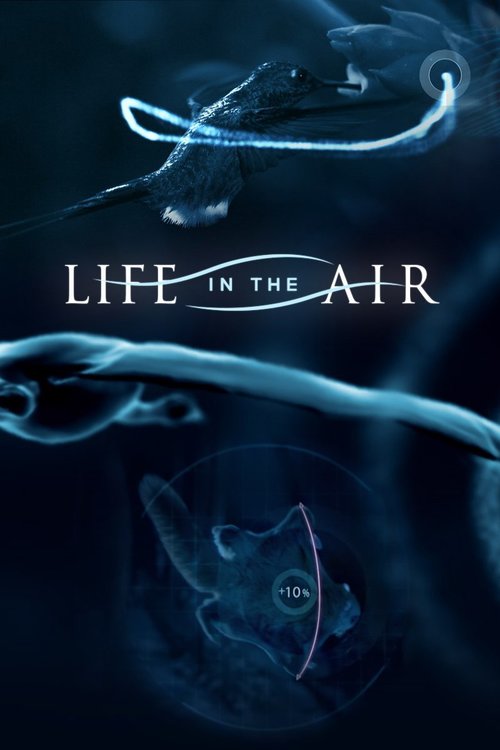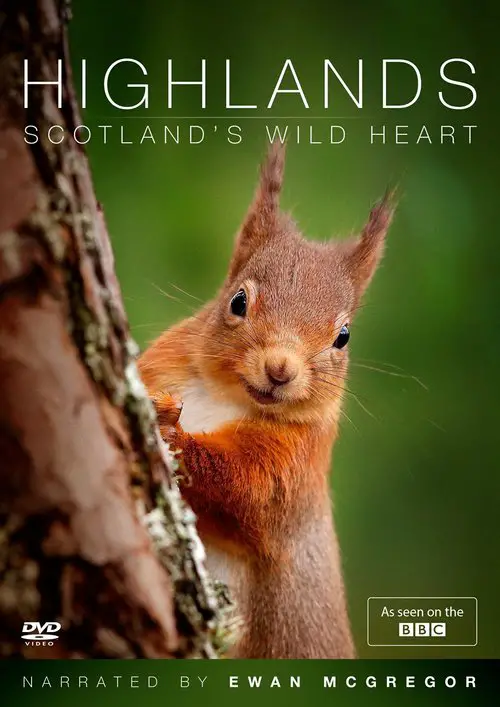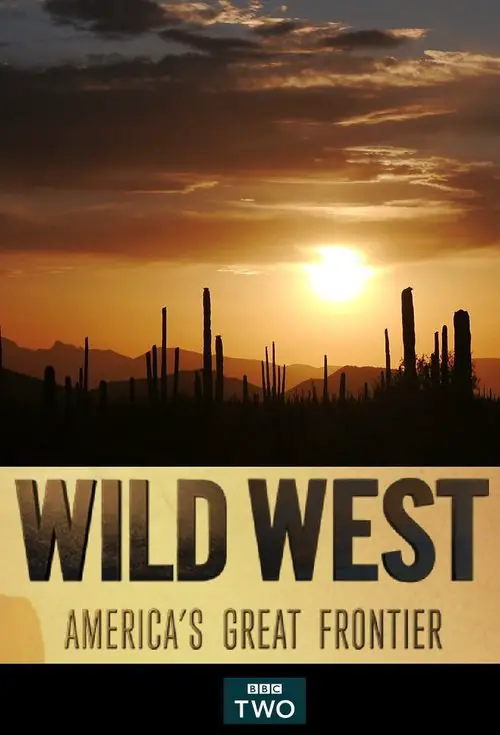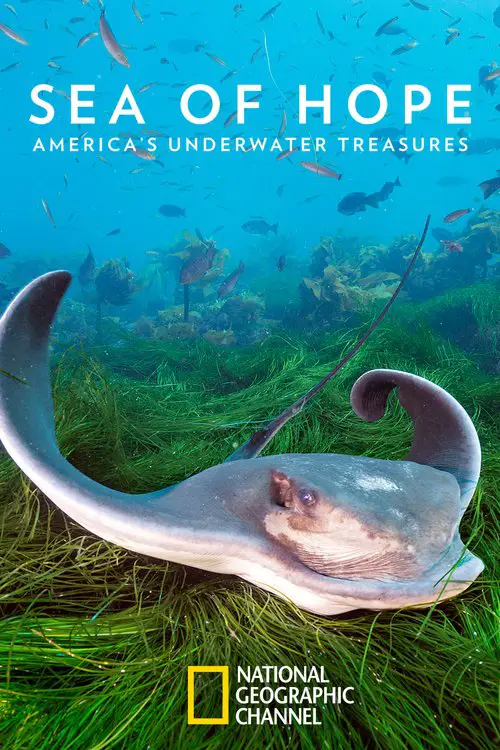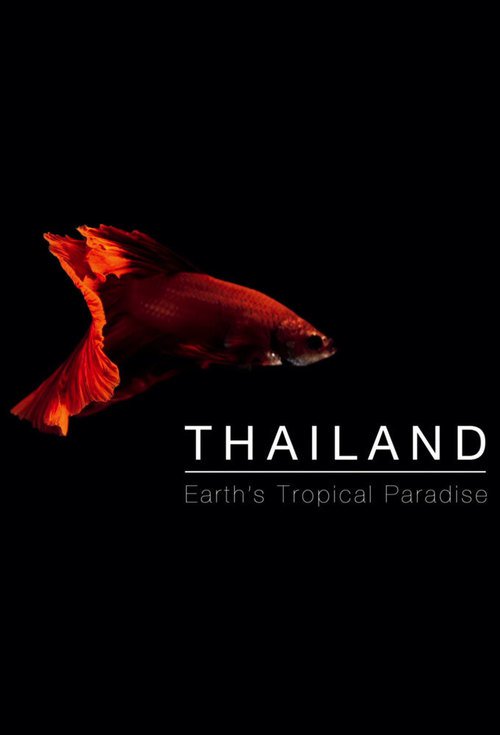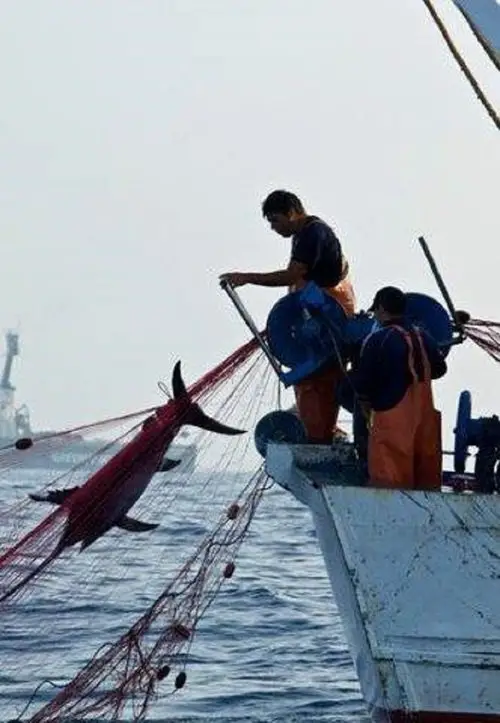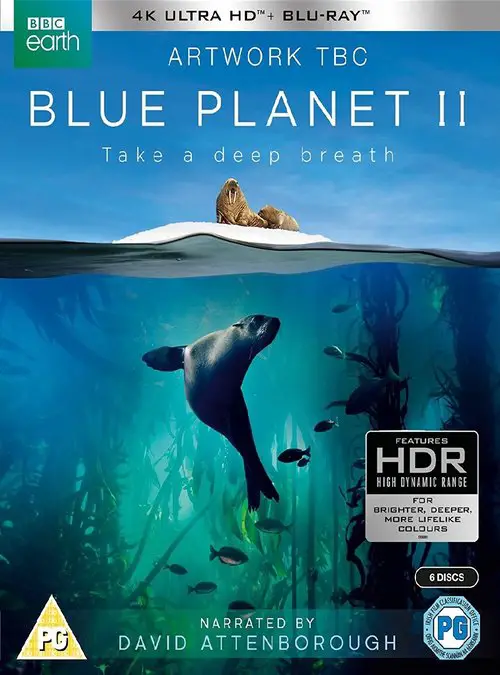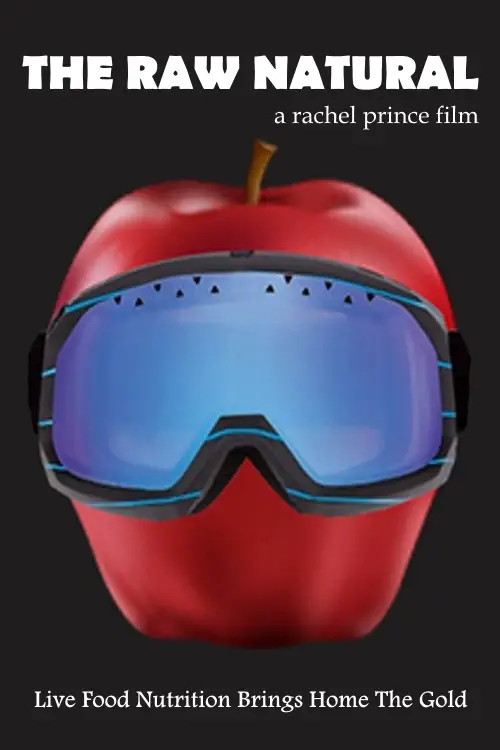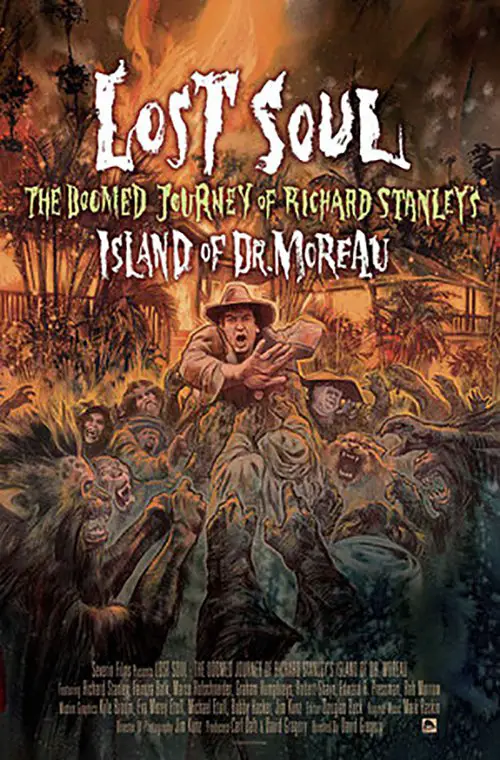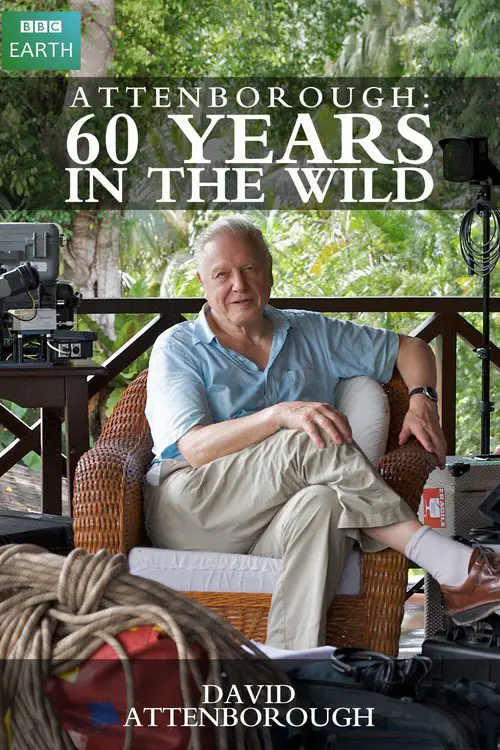Planet Earth II (2016)
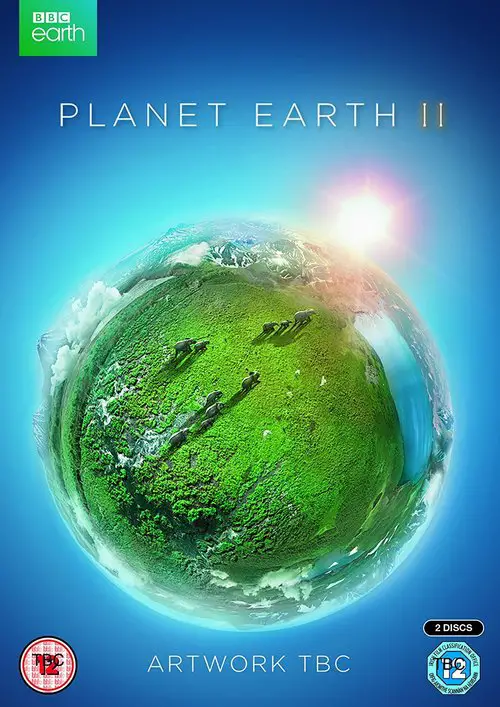
Similar movies
Darwin's great insight â that life has evolved over millions of years by natural selection â has been the cornerstone of all David Attenboroughâs natural history series. In this documentary, he takes us on a deeply personal journey which reflects his own life and the way he came to understand Darwinâs theory.
In a remote and forgotten wilderness, one of nature's last great mysteries unfolds: the birth, life and death of a million crimson-winged flamingos. Against a dramatic backdrop of never-before filmed landscapes, these secretive birds struggle to survive and prevail over danger and fate. This inspiring story, set in the extraordinary 'otherworld' of Lake Natron in northern Tanzania, the cradle of humankind, reminds us: here on earth is a universe waiting to be discovered.
A beautiful love story in danger. Our future depends on an amazing love story between the flowers and fauna consisting of bees, butterflies, birds and bats, which allow these species to reproduce. Delicate and graceful, the flowers are not content to be the ultimate symbol of beauty. On the contrary, their vibrant colors and their exotic flavors are so many wonders that attract pollinators and drunk with desire. All these animals are involved in a complex dance of seduction on which one third of our crops, a dance without which we could survive ... Pollen presents the unsung heroes of the global food chain. Their fantastic worlds are full of stories, drama and beauty. While a fragile and threatened, essential for the balance of the planet, it should now actively protect ...
African Cats captures the real-life love, humor and determination of the majestic kings of the savanna. The story features Mara, an endearing lion cub who strives to grow up with her motherâs strength, spirit and wisdom; Sita, a fearless cheetah and single mother of five mischievous newborns; and Fang, a proud leader of the pride who must defend his family from a once banished lion.
Planet Earth: The Future is a 2006 BBC documentary miniseries on the environment and conservation, produced by the BBC Natural History Unit as a companion to the multi-award winning nature documentary Planet Earth. The programmes were originally broadcast on BBC Four immediately after the final three episodes of Planet Earth on BBC One. Each episode highlights the conservation issues surrounding some of the species and environments featured in Planet Earth, using interviews with the film-makers and eminent figures from the fields of science, conservation, politics, and theology. The programmes are narrated by Simon Poland and the series producer was Fergus Beeley.
In the valleys of Appalachia, a battle is being fought over a mountain, the consequences of which affect every American; it's a battle that has taken innocent lives and threatens to take more. It is a battle over protecting our health and environment from the destructive power of Big Coal. Mining and burning coal is at the epicenter of America's struggle to balance its energy needs with environmental and health concerns. Nowhere is that concern greater than in Coal River Valley, West Virginia, where a small but passionate group of ordinary citizens are trying to stop Big Coal corporations, like Massey Energy, from continuing the devastating practice of Mountain Top Removal.
In Botswana's Okavango Delta, an ostracized lioness and her two cubs must fight alone to survive - overcoming all manner of hazard, from the raging wildfires on the Delta, to the jealousy of sister lionesses, to the marauding males who kill her mate, to the prey that becomes predator. Their only defense is to escape to Duba Island -- and with that, an unknown future. The setting for this epic tale is one of the last regions where lions can live in the wild. Faced with dwindling land and increasing pressure from hunting, lions - like our lone lioness and her cubs - are approaching the brink of extinction.
Every year, thousands of Antartica's emperor penguins make an astonishing journey to breed their young. They walk, marching day and night in single file 70 miles into the darkest, driest and coldest continent on Earth. Morgan Freeman narrates this amazing tale, Breathtaking photography captures the transcendaent beauty and staggering drama, so follow the leader.. to adventure!
The story of a race against time to help preserve the untouched forests of Burma and its wildlife. For the first time in over 50 years, a team of wildlife filmmakers from the BBC's Natural History Unit and scientists from the world renowned Smithsonian Institution has been granted access to venture deep into Burma's impenetrable jungles. Their mission is to discover whether these forests are home to iconic animals, rapidly disappearing from the rest of the world.
Award-winning musician Björk and legendary broadcaster and naturalist Sir David Attenborough have admired each other's work for years but this is the first time they have discussed their mutual love of music and the natural world on screen. In this remarkable documentary, Björk explores our unique relationship with music and discovers how technology might transform the way we engage with it in the future.
Fueled by stunning footage, this stirring documentary considers wild horses' role in the American psyche and their dwindling numbers in today's West. In an artful blend of exquisite nature documentary and character-driven narrative, the majestic wild horses of the American West are revealed in stereoscopic 3D as never before. The wonder in a girlâs eye pulls us into the drama that unfolds on hundreds of millions of acres of public land. The battle lines have long been carved into the landscape, and the players are deeply entrenched. Yet as the subtle choreography that has evolved over thousands of years begins, we are captivated. The intricate dance between a man and a wild horse presents lessons for us all, even the battle-hardened special interest groups fighting for the place of the AMERICAN MUSTANG.
A behind-the-scenes look at how the animators, sculptors and palaeontologists, using the latest state-of-the-art animatronics and computer graphics, collaborated to re-create not just these pre-historic behemoths but their behaviour as well for the BBC natural history documentary miniseries "Walking with Dinosaurs".
A documentary series from Channel 4, hosted by professor Richard Dawkins, well-known darwinist. The series mixes segments on the life and discoveries of Charles Darwin, the theory of natural selection and evolution, and Dawkins' attempts at convincing a group of school children that evolution explains the world around us better than any religion.
The movie De Nieuwe Wildernis is set in the Oostvaardersplassen, a nature reserve of high standard in the Netherlands. The reserve has been developed in a location that 40 years ago was under sea level in one of the most densely populated countries in the world. Nowadays, its the stage for a unique nature show: the nature determines the rhythm. EMS Films was the first with exclusive rights to shoot footage during all four seasons in the Oostvaardersplassen. The team of "De Nieuwe Wildernis" filmed in the Oostvaardersplassen over a period of two years. The result is a nature film never seen in The Netherlands before. It is a nature spectacle! The film features Konik horses, Red Deer, Foxes and Heck cattle, just to name a few, battling for new territories and survival.
Starring Norman Winther as Himself, The Last Trapper is a mix of fact & fiction. Norman is not just an admirer of nature, he's a part of it. He survives the harshness of the climate and the wildlife by coexisting with it. With his wife Nebraska (played by May Loo), they live almost entirely off the land, making money by selling their furs.
Geologist Ian Stewart explain in three stages of natural history the crucial interaction of our very planet's physiology and its unique wildlife. Biological evolution is largely driven bu adaptation to conditions such as climate, soil and irrigation, but biotopes were also shaped by wildlife changing earth's surface and climate significantly, even disregarding human activity.
In Japanâs crowded archipelago, there are still places where nature thrives â and Japan has a surprisingly vast range of landscapes, from the far north, where sea eagles walk on frozen seas, to subtropical southern islands, with coral reefs and volcanoes, and the central islands, with forested mountains, home to bears and monkeys. This series explores how life survives across these islands, and how humans and wildlife have found ways to live alongside the forces of nature and embrace them in quintessential ways.
There is little wonder why a humble group of Pacific islands - el archipielago de Colón â continue to capture the attention and fascination of so many, throughout the centuries of contemporary human history. The Galápagos islands, born of fire, shaped by the sea, and inhabited by the fortunate and the hapless, are truly a biological microcosm and a geologic phenomenon.
Werner Herzogâs documentary film about the âGrizzly Manâ Timothy Treadwell and what the thirteen summers in a National Park in Alaska were like in one manâs attempt to protect the grizzly bears. The film is full of unique images and a look into the spirit of a man who sacrificed himself for nature.
Tale of a Lake is a film about the thousands of lakes that Finland is known for. It takes the viewers on an unprecedented adventure, ranging from the crystal clear springs all the way to the basins of the big lakes. It opens a whole new world of underwater nature for the viewers, and tells about the many old tales and beliefs in the land of thousands of lakes. The story of the film is told through tales that are based around the myths, legends and old beliefs that are part of the Finnish mythology.
The Summit is a 2012 documentary film about the 2008 K2 disaster directed by Nick Ryan. It combines documentary footage with dramatized recreations of the events of the 2008 K2 disaster. On the way to and from the summit, eleven climbers died during a short time span creating one of the worst catastophes in climbing history. Much of the documentary footage was captured by Swedish mountaineer Fredrik Sträng. Sträng was planning to do a Documentary which was aborted due to the fact that he did not reach the summit. The footage was still valuable to help solving what really did happen since all the climbers had different stories about what happened.
Of Time and The City is both a love song and a eulogy to the directors birthplace of Liverpool. It is also a response to memory, reflection and the experience of losing a sense of place as the skyline changes and time takes it toll. The visual content of âOf Time and the Cityâ consists largely of archival clips of Liverpool from the 1940s to the â60s, their nostalgic charm darkened by accompanying music and by the counterpoint of Mr. Daviesâs dry, at times dyspeptic voice-over narration. His voice thickens with emotion as he recalls the delights of juvenile moviegoing or the ritual of a holiday trip to New Brighton, and hardens with contempt when he turns his gaze on the hoopla surrounding Queen Elizabethâs coronation in 1953.
Since the end of World War II, one of kind of urban residential development has dominate how cities in North America have grown, the suburbs. In these artificial neighborhoods, there is a sense of careless sprawl in an car dominated culture that ineffectually tries to create the more organically grown older communities. Interspersed with the comments of various experts about the nature of suburbia
On his ship "Calypso," as well as in a submarine, Jacques Cousteau and his crew sail from South America and travel to Antarctica. They explore islands, reefs, icebergs, fossils, active volcanic craters, and creatures of the ocean never before seen. This voyage took place in 1975, and Captain Cousteau became one of the first explorers ever to dive beneath the waters of the frozen South Pole.
Flight is the ultimate superpower, an extraordinary ability that humans can only dream of. Yet an astonishing number of animals have mastered the skies. Now, new technology allows us to join them in their previously hidden world, âflyingâ alongside these gravity-defying animals and experiencing their unique point of view. With exceptional skills and breath-taking design, creatures ranging from frogs to fish, from spiders to squirrels, spend their lives mid-air. Life in the Air captures this extraordinary animal behaviour and reveals â in incredible detail â the amazing science of flight.
In the North of Scotland, far from bustling cities and gentle hills of the South, lies Europe's greatest wilderness â the Highlands of Scotland. Scoured by ice and weathered by storms, it may look bleak and lifeless, but wildlife is thriving in this unforgiving place, if you know where to look! In this stunning four-part series, narrated by Ewan McGregor, we meet ospreys, red squirrels, otters, dolphin and golden eagles â all struggling to turn adversity to their advantage and make a success of living in Scotland's living Wild Heart.
A legendary land known for its scorching hot deserts, red rock canyon lands, giant snow-capped mountains and rugged shorelines. Welcome to Americaâs Wild West, home to a vibrant cast of tricksters, pioneers and outlaws, from the shrewd coyote to the feisty hummingbird, the mighty blue whale to the spirited mustang. This series explores this fascinating area of North America â the canyonlands, the high country and the shores. It reveals how these three radically different worlds were formed, the forces that shape them today and how life has found brave and enterprising ways to survive.
Follow ocean legend Sylvia Earle, renowned underwater National Geographic photographer Brian Skerry, writer Max Kennedy and their crew of teenage aquanauts on a year-long quest to deploy science and photography to inspire President Obama to establish new Blue Parks to protect essential habitats across an unseen American Wilderness.
Go beyond Thailand's beaches to discover a sacred kingdom of awe-inspiring beauty. This series takes in the towering limestone cliffs, the paddy fields, the hidden temples and the teeming city of Bangkok, before visiting the forests of the north where ancient tribes practice time-honoured traditions and tigers still stalk the forests. Thailand: Earthâs Tropical Paradise reveals a land that is worlds away from the familiar tourist trails.
From space, our planet appears as a tiny blue dot in the vastness of space. Blue, because 99% of all living space on Earth occurs in the Ocean. But the seas are under threat. The industrialization that has occurred in the oceans over the last century mirrors the events that triggered mass extinctions on land. As we learn of the ecological crimes occurring worldwide, we also uncover the shocking truths happening on our own shorelines.
The Raw Natural documentary explores professional athletes reaching peak performance and untapped potential through raw food nutrition. The film highlights, Evan Strong, who regains his competitive edge in sports through raw food nutrition after a tragic accident that causes him to lose a leg and end his professional career in skateboarding. Evan's accident becomes the impetus for his change in diet to simple, healthy raw food nutrition. Evan is now the world champion in adaptive Snowboarding (Ranked # 1 at the XGames, World Cup, Nationals, etc) See how raw food nutrition has led to incredible new triumphs in the athletic careers of professional athletes in surfing, MMA fighting, tennis, baseball, snowboarding and more... This film also features renowned raw food chefs and leading health and nutrition experts, as well as top athletes and professional players who are also experiencing the benefits from raw food nutrition. What would you do to stay in the game?
Weâve heard all the insane rumours and scandals attached to the ill-fated 1996 remake of H.G. Wellsâ THE ISLAND OF DR. MOREAU. How director Richard Stanley spent four years developing the project only to be fired after four days of shooting and replaced by John Frankenheimer and how headliner Marlon Brando impacted on that decision. Now for the first time the living key players recount what really happened and why it all went so spectacularly wrong. Stanley spills the juicy beans, stars Fairuza Balk and Rob Morrow give revealing interviews, New Line head Robert Shaye, producers Ed Pressman and Tim Zinnemann chime in and numerous crew from both versions add their reminiscences. David Gregoryâs epic documentary is also a veritable encyclopaedia of behind the scenes footage, concept art and storyboards, creature designs, makeup tests and candid photos to illustrate the shocking tale of eccentric artist vs. Hollywood machine.
© Valossa 2015–2025
| Privacy Policy
